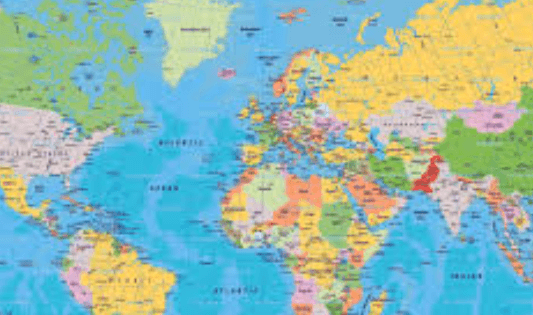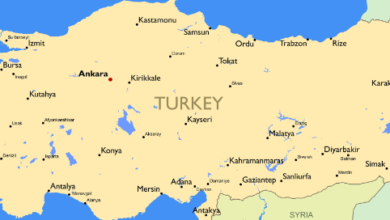
The ‘Labeled:V-Xzjijklp4= Map of the World’ stands out for its intricate design and comprehensive annotations that provide insights into the interplay of geography and culture. This map not only delineates political boundaries but also uncovers the historical narratives and cultural landmarks that shape our global landscape. The practical applications of this tool extend beyond mere observation; it prompts a deeper examination of the factors influencing contemporary issues. As we explore its unique features, one must consider how such a resource could transform our understanding of the world around us.
Unique Features of the Map
The map of the world is distinguished by its meticulous representation of geographical features, political boundaries, and cultural landmarks, which collectively enable a comprehensive understanding of global dynamics.
Within this framework, historical context is crucial, as it informs the placement of geographical symbols, illustrating how past events shape contemporary borders and cultural identities.
Such insights enhance our comprehension of freedom in a globally interconnected landscape.
See also: Labeled:Uj3t4zt70_Q= United States Map
Cultural Insights and Annotations
Cultural insights and annotations on the map serve as vital tools for interpreting the intricate tapestry of human civilization, revealing the diverse traditions, languages, and historical narratives that shape regional identities and influence geopolitical relationships.
Practical Applications for Learning
Effective utilization of world maps in educational settings enhances geographic literacy, enabling learners to engage with spatial relationships and cultural contexts through interactive and immersive experiences.
This approach promotes critical thinking and fosters a deeper understanding of global dynamics.
Conclusion
In summary, the ‘Labeled:V-Xzjijklp4= Map of the World’ serves as a vibrant tapestry, weaving together intricate geographic details, political boundaries, and cultural narratives.
Its annotations illuminate historical contexts, inviting exploration and critical engagement with the complexities of global dynamics.
This map transcends mere representation, becoming a vital tool for fostering geographic literacy and enriching understanding of contemporary issues.
Through its detailed portrayal, it transforms the study of geography into a compelling journey across time and space.




